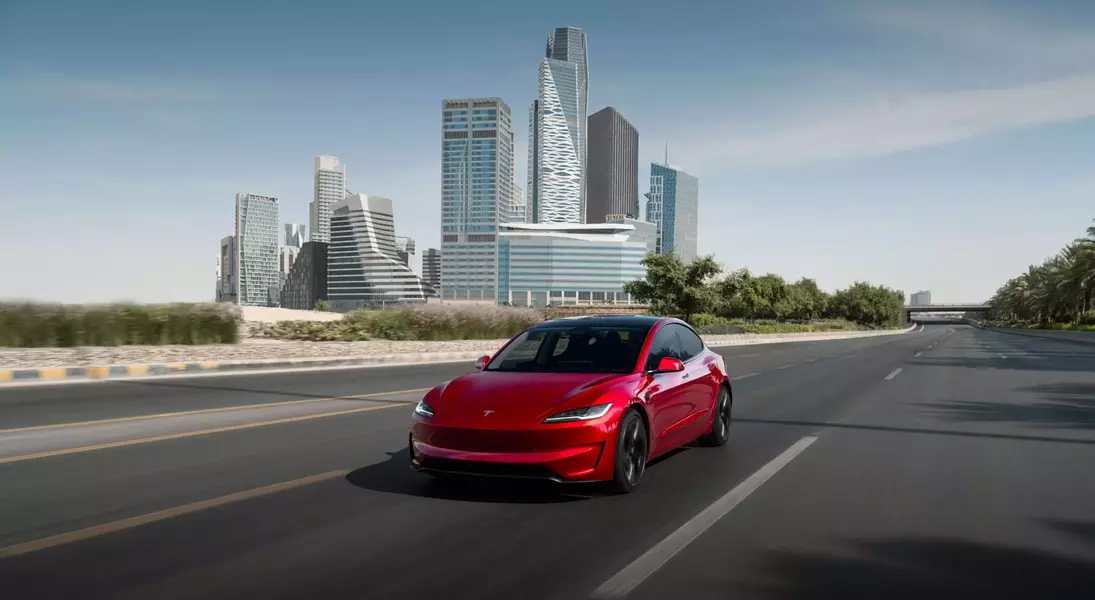

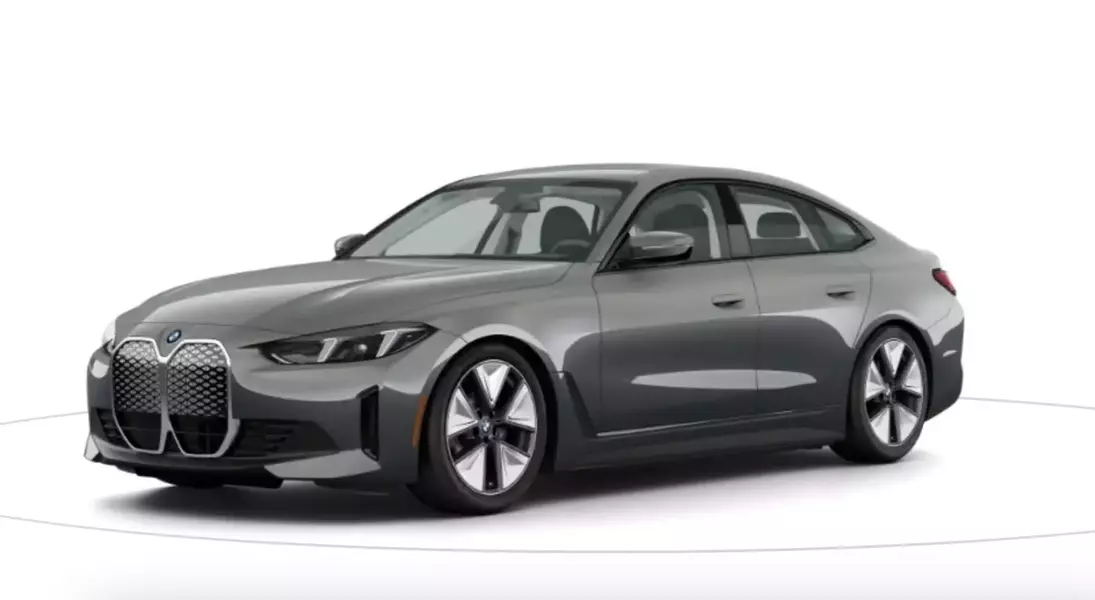
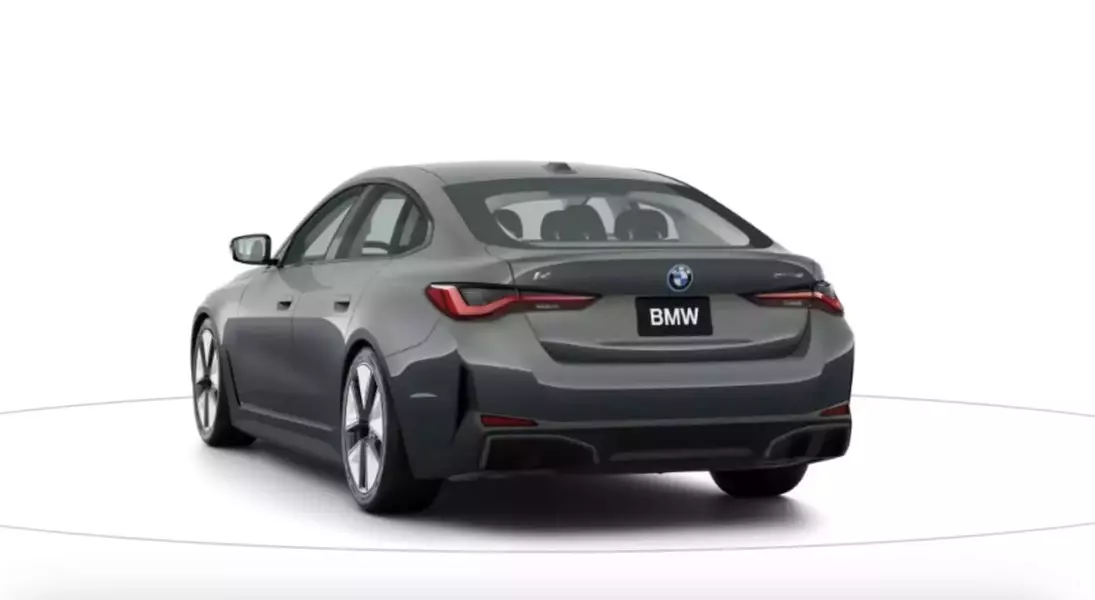
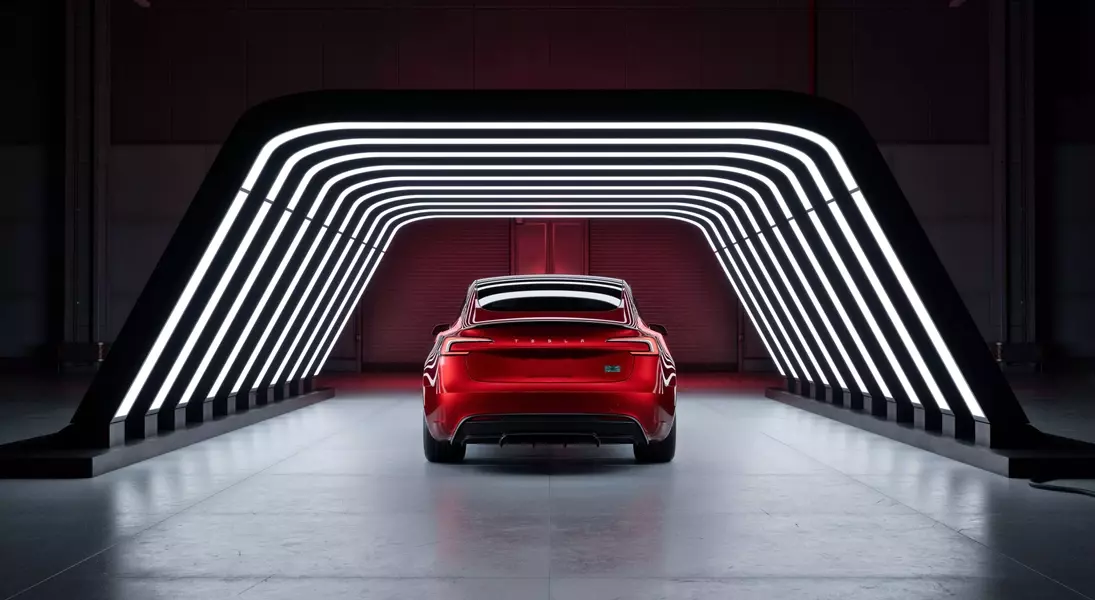
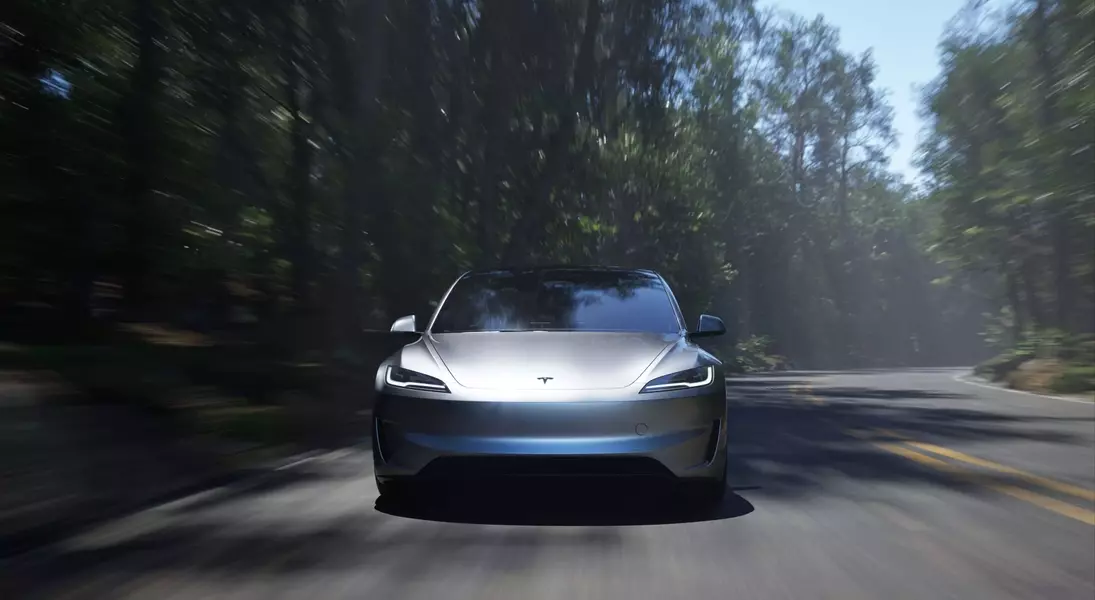
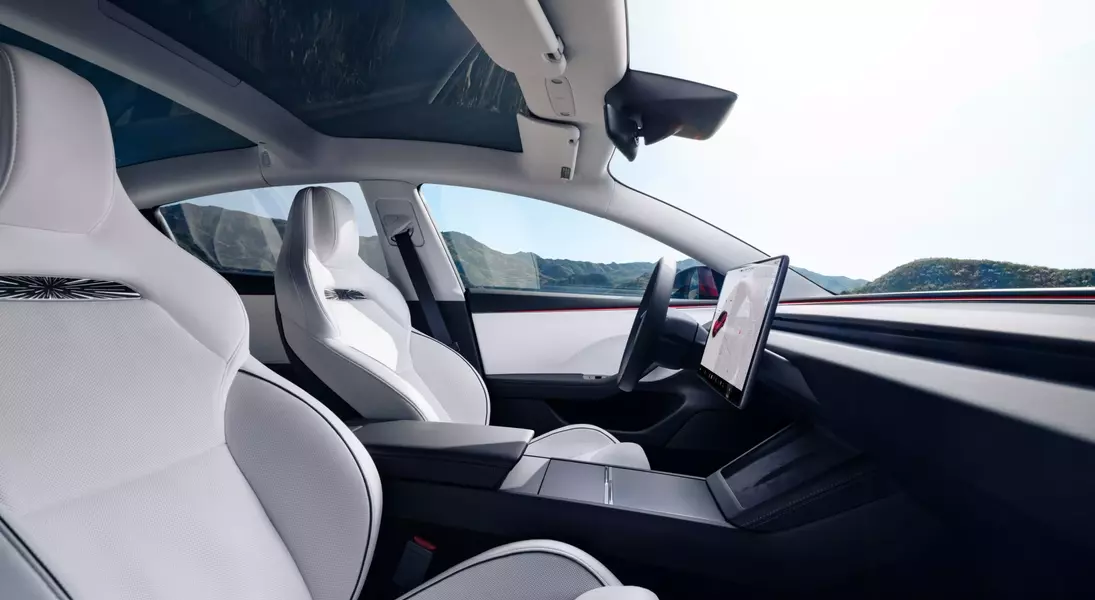
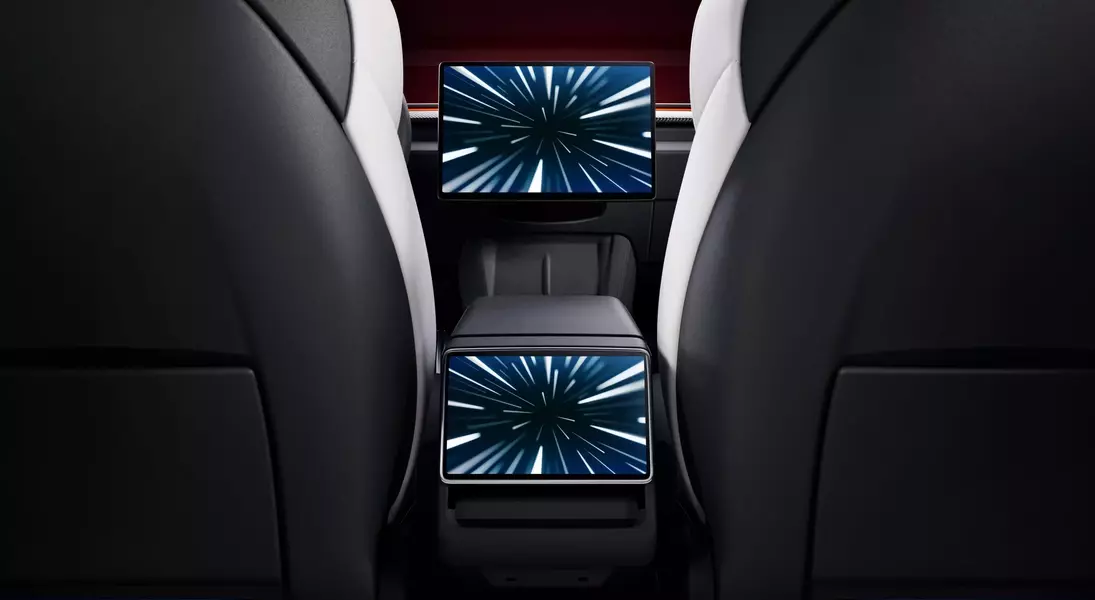

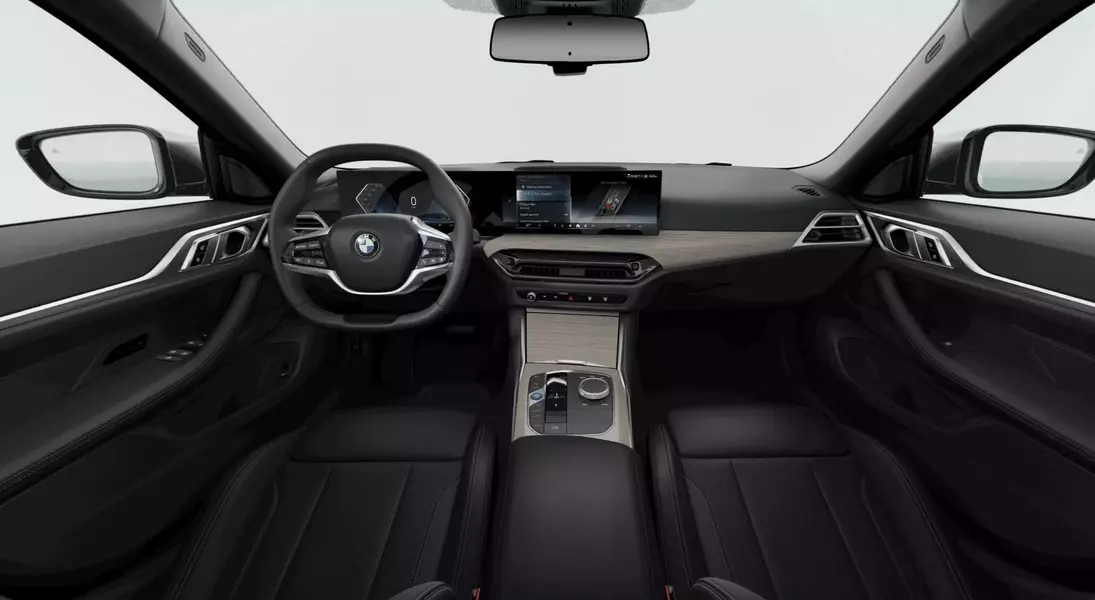
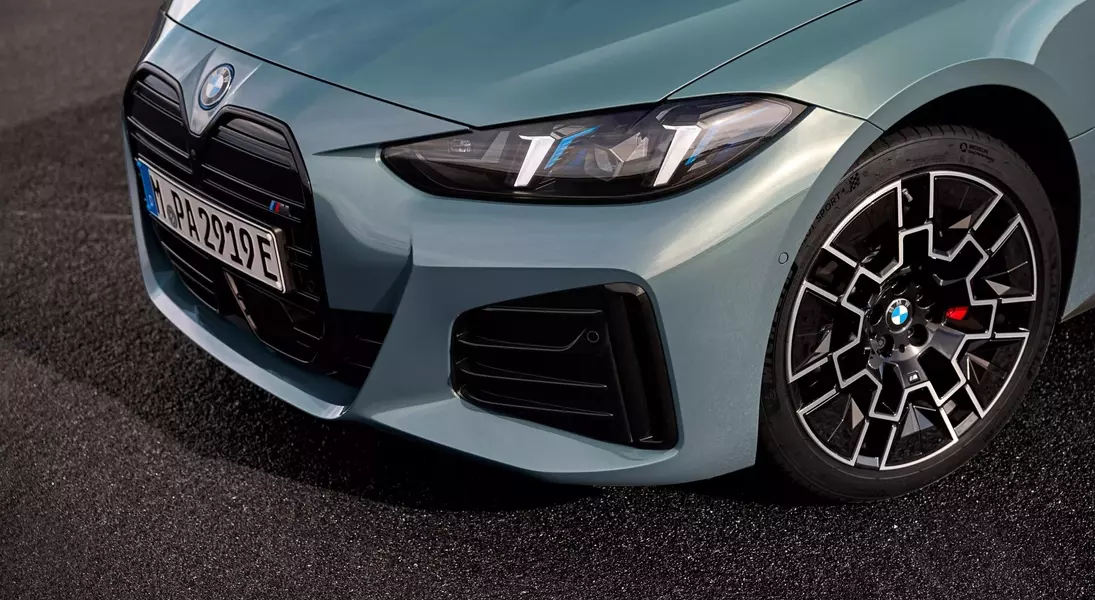


Unleash the Future: Tesla vs. BMW in the Electric Arena
The High-Performance Tesla Model 3 Takes on the Refined BMW i4
While the BMW i4 debuted in late 2021, many consumers often gravitate towards the Tesla Model 3 Performance, potentially overlooking its German competitor. This in-depth analysis provides a comprehensive feature-by-feature comparison of the 2026 Model 3 Performance and the i4. We will examine critical aspects such as power output, energy efficiency, luxurious amenities, and advanced functionalities to ascertain whether the Tesla genuinely represents a superior acquisition or simply benefits from greater public awareness. Specifically, this review pits the Model 3 Performance, with a starting price of $54,490, against the BMW i4 eDrive40, which begins at $57,900.
Tesla's Performance Edge: Power and Responsiveness Compared to BMW
For many drivers, the most compelling factor when considering the 2026 Tesla Model 3 Performance and BMW i4 eDrive40 is raw power. The all-wheel-drive (AWD) Model 3 Performance is equipped with a dual-motor setup, generating an impressive 510 horsepower and 554 lb-ft of torque, enabling it to achieve 0-60 mph in a mere 2.9 seconds. Although this acceleration figure remains consistent with previous models, it continues to surpass many rivals. In contrast, the more expensive i4 M60 achieves 0-60 mph in 3.6 seconds, with the i4 eDrive40 lagging significantly at 5.5 seconds. The 2026 i4 eDrive40 features a single-motor, rear-wheel-drive (RWD) configuration, producing 335 horsepower and 317 lb-ft of torque. An AWD option for the i4 comes at an additional cost of $2,400, offering a more competitive 396 horsepower and 443 lb-ft of torque in the i4 xDrive40 variant. Furthermore, the Model 3 Performance boasts superior standard braking capabilities, featuring larger ventilated disc rotors and enhanced brake pads, along with a sport-tuned braking system optimized for track conditions. This results in improved stopping distances and heat dissipation. While the Model 3 prioritizes a more dynamic driving experience, the i4 eDrive40 emphasizes a smoother, more comfortable ride. Tesla's Model 3 Performance offers Standard, Sport, and Track driving modes, whereas the BMW counterpart provides Comfort, Eco Pro, and Sport modes.
Range and Charging Efficiency: A Close Contest
The 2026 Tesla Model 3 Performance is equipped with a Lithium-ion (Li-ion) traction battery with an 11.5 kW onboard charger and an 82 kWh capacity, providing a maximum range of 309 miles. Tesla states that its 250 kW Superchargers can replenish the Model 3 Performance's range by up to 162 miles in just 15 minutes. In comparison, the 2026 BMW i4 eDrive40 offers a range between 307 and 333 miles, depending on wheel size (18-inch wheels provide 333 miles, while optional 19-inch wheels result in 307 miles). The i4 eDrive40's peak charging rate is slightly lower at 200 kW, with BMW indicating that high-power charging can add 88-99 miles of range in 10 minutes. Additionally, i4 owners currently utilize a CCS Type 2 charging port, although BMW plans to introduce an NACS adapter for models like the i4 in the near future.
Interior Design and Technological Integration: Simplicity Meets Sophistication
While Tesla vehicles are known for their minimalist interior aesthetics, the Model 3 Performance offers notable features. Standard ventilated front seats are included, a feature that is an optional upgrade in the i4 eDrive40. Other standard amenities in the Model 3 Performance, absent in the entry-level i4, include power-tilt front seats, ambient wraparound lighting, a power-adjustable steering wheel, heated rear seats, and carbon fiber trim accents. In contrast, the i4's interior emphasizes a more traditional luxurious feel, featuring standard Aluminium Rhombicle Anthracite trim. Both models come with synthetic leather upholstery as standard. However, the i4 provides a more extensive selection of upholstery colors, including Canberra Beige, Tacora Red, Cognac, and Black, while the Model 3 Performance offers only Black or a Black/White combination. Legroom differences between the two vehicles are marginal; the Model 3 Performance offers 42.7 inches of front legroom, 1.2 inches more than the BMW, while the i4 eDrive40 provides an additional inch of rear legroom at 35.2 inches. Cargo capacity is a more significant differentiator, with the Tesla's rear trunk offering 21 cubic feet of storage and an additional 3.1 cubic feet in its front trunk (frunk). The 2026 i4 eDrive40 lacks a frunk and has a rear trunk capacity of 16.6 cubic feet. Nevertheless, some drivers might prefer the i4's rocker switch for gear selection over the Model 3's touchscreen-centric controls.
Connectivity and Advanced Driver-Assistance Systems: Tesla's Digital Dominance
For many drivers, accessing vehicle data feels more intuitive in the i4, which features a dual-screen setup comprising a 12.3-inch instrument cluster and a 14.9-inch central infotainment display. Conversely, the Model 3 utilizes a single 15.4-inch display that consolidates driver information, infotainment, and vehicle function controls, including climate settings. However, the 2026 Model 3 introduces an 8-inch rear touchscreen that provides media, climate, and seat controls, a feature absent in its BMW competitor. The Model 3 also boasts more advanced integrated self-driving capabilities through its standard Autopilot system and available Full Self-Driving (FSD). BMW's i4 primarily relies on more conventional assistance features, such as adaptive cruise control. Tesla's FSD significantly enhances the Model 3's autonomous functions, available for an upfront cost of $8,000 or a monthly subscription of $99. Regarding audio systems, the Model 3 holds an advantage with 17 standard speakers, seven more than the i4's standard configuration and one more than its optional system. However, the Model 3 does not support Apple CarPlay or Android Auto, which are standard and wireless features in the i4.
Safety Performance: A Look at Crash Test Ratings
The Insurance Institute for Highway Safety (IIHS) has not yet published crash protection ratings for the 2026 models of either vehicle. However, neither car received awards from the organization for their 2025 production years, suggesting that scores are likely to remain consistent for 2026. While the 2025 i4 received "Poor" to "Marginal" ratings for its headlights, compared to the 2025 Model 3's "Acceptable" score, more attention is typically given to the updated moderate overlap front crash test. In this specific test, the 2025 i4 achieved the IIHS' highest rating of "Good," one tier above the Model 3's "Acceptable" score.
Elevating the BMW i4 Experience: The M Sport Package
While the focus has largely been on the standard features of the Model 3 Performance that are absent in the entry-level i4, it is essential to consider the enhancements offered by the available M Sport Package for the BMW. Although BMW has not yet released the pricing for the 2026 i4 eDrive40's M Sport Package, it cost approximately $2,500 in the previous year. For 2026, the M Sport Package is expected to include upgrades such as 19-inch M aerodynamic bi-color wheels, a leather steering wheel, M Sport brakes with red calipers, M adaptive suspension, variable sport steering, M Sport seatbelts, and an M Sport spoiler, significantly boosting the i4's performance and aesthetic appeal.
The Verdict: Tesla Model 3 Performance Offers Unbeatable Value
Ultimately, the 2026 Tesla Model 3 Performance emerges as the superior choice over the 2026 BMW i4 eDrive40, delivering comparable or enhanced quality across key categories at a lower price point. While many of the Model 3 Performance's standard advantages, such as all-wheel drive, ventilated front seats, and high-performance brakes, can be added to the i4 eDrive40 as optional upgrades, these additions will invariably increase the i4's overall cost. In essence, the Model 3 Performance provides features akin to BMW's M division at a more accessible price. Even with the top-tier i4 M60, its 0-60 mph acceleration cannot rival that of the Tesla. Nevertheless, potential buyers are strongly advised to test drive both models before making a final decision to ensure personal preferences are met.
